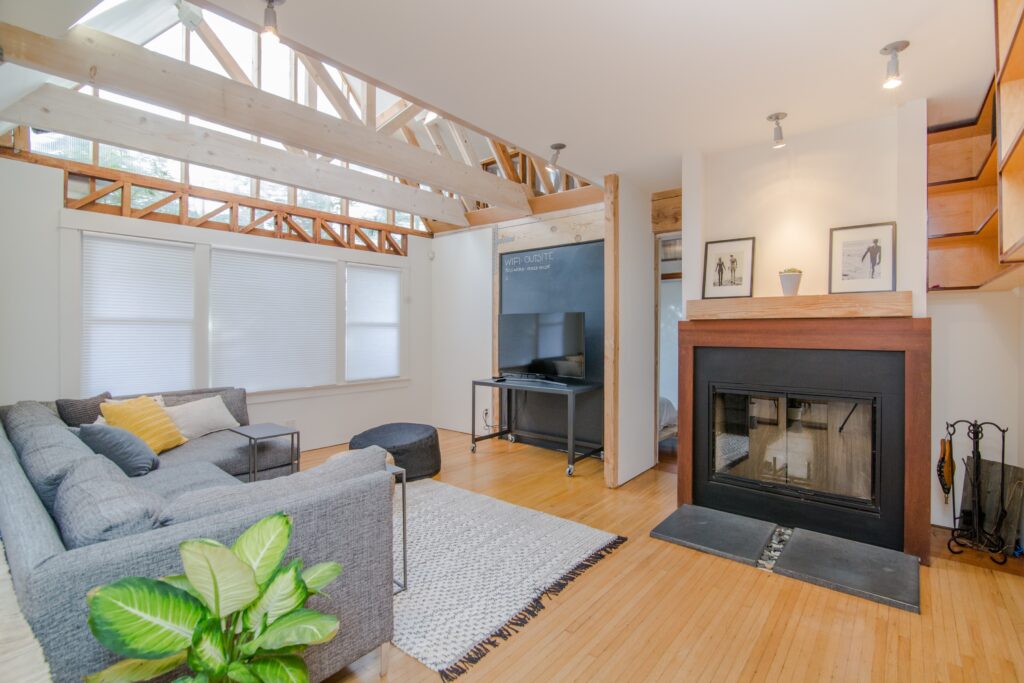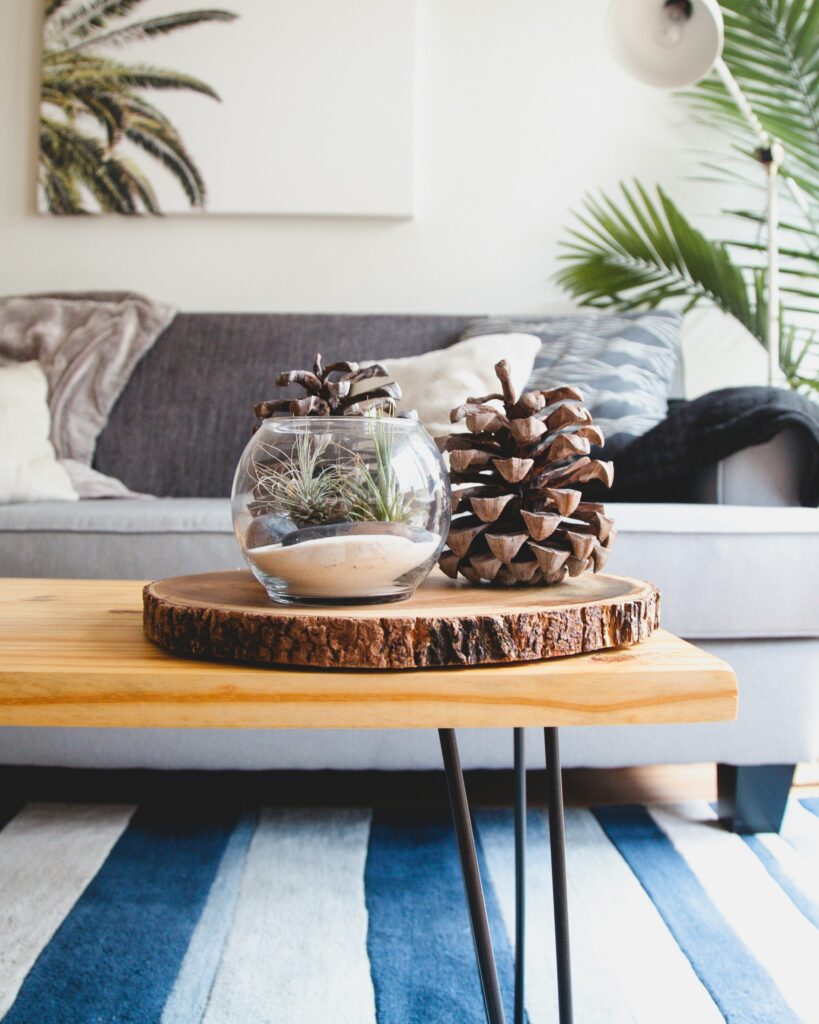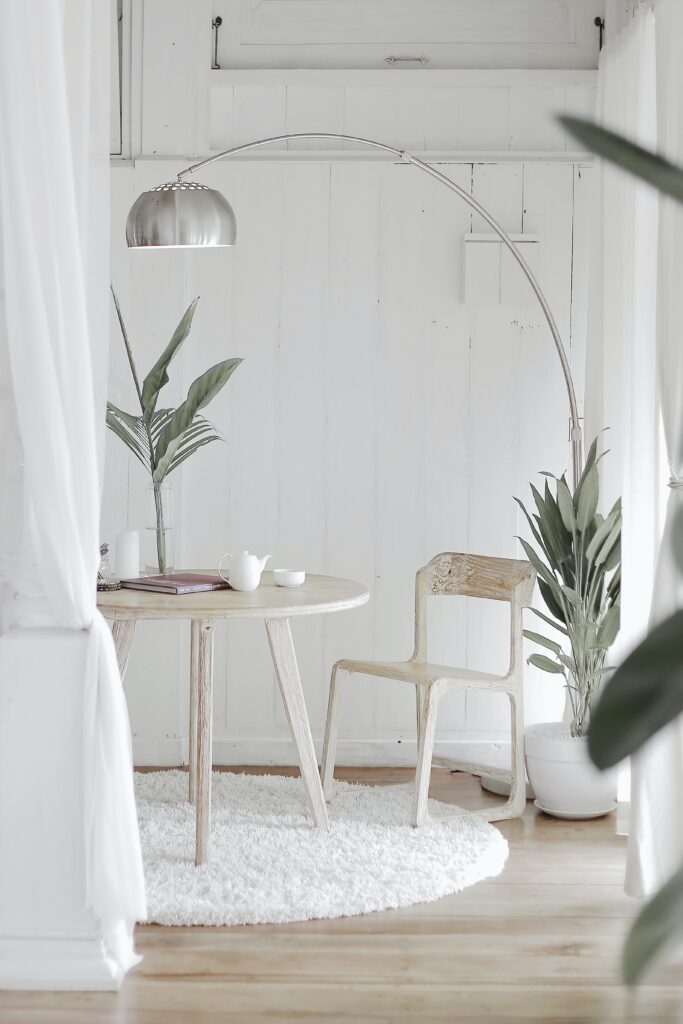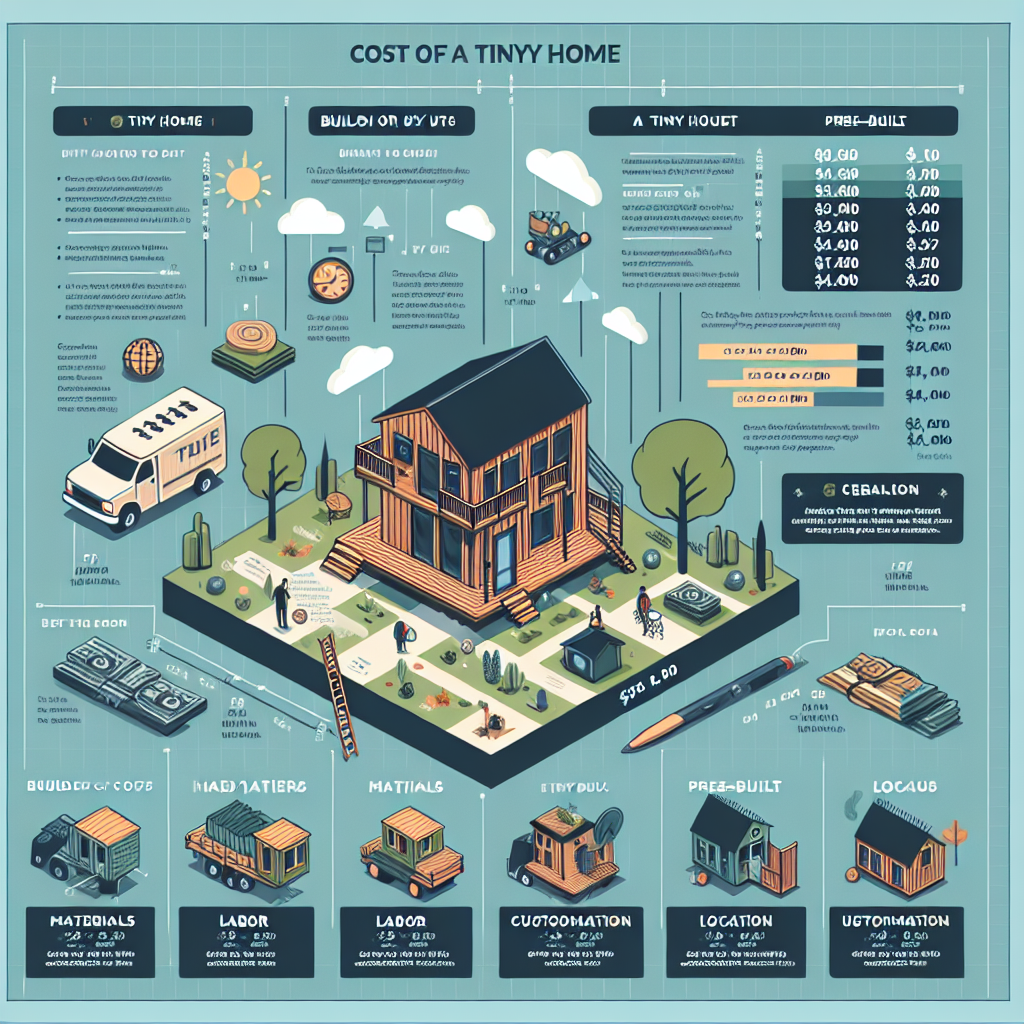Thinking about building or buying a tiny home? Before you take the leap into this trendy housing option, it’s important to consider the costs involved. In this article, we’ll explore the expenses associated with both building and buying a tiny home, helping you make an informed decision about whether this alternative living arrangement is the right fit for your budget. Whether you’re yearning for a minimalist lifestyle or seeking an affordable housing solution, understanding the financial commitments of tiny home ownership is crucial. So, let’s crunch the numbers and discover just how much it really costs to build or buy a tiny home.
Factors Affecting the Cost of Building or Buying a Tiny Home
Size and Design
The size and design of a tiny home play a significant role in determining its cost. The larger the home, the more materials and labor will be required, resulting in higher costs. Similarly, the complexity of the design, including unique features and architectural elements, can also increase the overall cost.
Building Materials
The choice of building materials can greatly impact the cost of constructing or buying a tiny home. High-quality and eco-friendly materials tend to be more expensive but can provide long-term benefits in terms of durability and energy efficiency. On the other hand, opting for more affordable materials can lower the initial cost, but may require more maintenance or have a shorter lifespan.
Location
Location is another crucial factor that affects the cost of a tiny home. The cost of materials, labor, and permits may vary depending on the region or state. Additionally, the availability and cost of suitable land or parking space can significantly impact the overall expenses.
Labor and Construction Costs
The cost of labor and construction can vary based on whether you choose to build the tiny home yourself or hire a contractor. DIY construction often saves money, but it requires your time, skills, and effort. Hiring a professional contractor, on the other hand, can expedite the process but generally comes with additional expenses.
Permits and Regulations
Permits and regulations are essential when building or buying a tiny home. The costs associated with obtaining the necessary permits and complying with zoning regulations can vary depending on the location. It is crucial to research and budget for any fees or requirements imposed by local authorities.
Cost Breakdown of Building a Tiny Home
Land and Site Preparation
Before constructing a tiny home, you need to consider the cost of purchasing or leasing land. Additionally, site preparation expenses, such as leveling the land, installing utilities, and constructing a foundation, should be factored into the budget.
Building Materials
Building materials encompass a wide range of components, including lumber, insulation, roofing, and flooring. The cost of materials will vary based on the chosen quality, finishes, and specifications. In some cases, salvaged or repurposed materials can be used to reduce costs.
Construction Labor
If you decide to hire a contractor, labor costs will contribute significantly to the overall expenses. The hourly or project-based rates will depend on the contractor’s experience, location, and the complexity of the construction. DIY construction may eliminate labor expenses but requires substantial time and expertise.
Utilities Installation
Tiny homes require various utilities, such as electricity, plumbing, and heating. The costs of installing utility connections and ensuring they meet building codes should be considered. Additionally, incorporating energy-efficient systems, like solar panels or composting toilets, can impact the budget.
Permits and Fees
Obtaining permits and paying necessary fees are mandatory steps when building a tiny home. These costs can vary depending on local regulations and the scope of the project. It is essential to research and budget for building permits, impact fees, and any other legal requirements.

Typical Costs for Building a Tiny Home
DIY Approach
Building a tiny home on your own can offer cost savings, but it requires significant time, dedication, and skills. On average, the expenses for a DIY tiny home construction range between $10,000 to $30,000, depending on the size, materials used, and level of customization.
Hiring a Contractor
Hiring a professional contractor brings convenience and expertise to the construction process, but it generally comes at a higher cost. The price for hiring a contractor to build a tiny home can range from $30,000 to $150,000, depending on the complexity of the design, materials chosen, and additional features or customization.
Pros and Cons of Building a Tiny Home
Building a tiny home offers several advantages. It allows for personalization and customization to suit your specific needs and preferences. The process of constructing a tiny home can also be a fulfilling experience, providing a sense of accomplishment and pride. Additionally, building your tiny home can save money compared to buying a prebuilt one, especially if you choose the DIY approach.
However, building a tiny home can be time-consuming and requires a significant investment of effort and resources. It requires a certain level of construction knowledge and skill to ensure the home is structurally sound and meets building codes. The process may also be more stressful and prolonged compared to buying a prebuilt tiny home.

Cost Breakdown of Buying a Tiny Home
Type of Tiny Home
The type of tiny home you choose to buy can greatly influence the cost. There are various options available, including moveable tiny homes, container homes, and modular homes. Each type comes with its own price range, features, and level of customization.
Location and Transport Costs
When purchasing a tiny home, the location and transport costs should be considered. If the home is located far from your desired destination, transportation expenses, such as hiring a truck or professional movers, can add significantly to the overall cost.
Interior and Exterior Features
The interior and exterior features of a tiny home can vary greatly, leading to differences in pricing. Factors such as the quality of finishes, appliances, fixtures, and the inclusion of additional features like built-in storage or custom furniture can impact the overall cost.
Utilities and Amenities
The presence and quality of utilities and amenities can affect the price of a tiny home. Some prebuilt tiny homes come fully equipped with features like plumbing, electricity, and heating, while others may require additional installations or upgrades, especially if you plan to live off-grid.
Maintenance and Upkeep
Maintenance and upkeep costs should also be considered when buying a tiny home. It is essential to account for ongoing expenses, such as repairs, maintenance, and potential renovations, to ensure the long-term viability and sustainability of your investment.
Typical Costs for Buying a Tiny Home
Prebuilt Tiny Homes
Prebuilt tiny homes generally range in price from $20,000 to $150,000, depending on the size, type, and level of customization. Basic models with minimal amenities and finishes tend to be more affordable, while highly customized or luxury options can be significantly more expensive.
Customized Tiny Homes
If you desire a unique and personalized tiny home, opting for a customized build can be more costly. Customized tiny homes can range in price from $50,000 to over $200,000, depending on the level of customization, quality of materials, and complexity of the design.

Pros and Cons of Buying a Tiny Home
Buying a prebuilt or customized tiny home offers various advantages. It provides convenience and a faster move-in process compared to building from scratch. Prebuilt options offer a range of designs and floor plans to choose from, saving time and effort in the design phase. Additionally, buying a tiny home can be more suitable for those without construction skills or those who prefer a turnkey solution.
However, limited customization options and potential depreciation in value are some drawbacks of buying a tiny home. Prebuilt models may not fully meet your unique needs and preferences, and modifications can be more challenging. Additionally, the resale value of a tiny home may not appreciate over time as much as a traditional home.
Financial considerations when Building or Buying a Tiny Home
Budgeting
Before embarking on either building or buying a tiny home, it is crucial to set a budget. Consider all the associated costs, including land, materials, labor, permits, and fees. It is recommended to have a contingency fund to cover unexpected expenses that may arise during the construction or purchase process.
Financing Options
There are several financing options available for building or buying a tiny home. These include personal savings, loans, RV loans, or using an equity loan on an existing property. Research and evaluate the available financial options to find the best fit for your situation and ensure affordability.
Estimating Return on Investment
Consider the potential return on investment (ROI) when choosing to build or buy a tiny home. While tiny homes can provide several financial benefits, such as reduced utility costs and minimal maintenance expenses, it is essential to evaluate the long-term financial viability and resale value.

Conclusion
Building or buying a tiny home comes with its own set of considerations and costs. Factors such as size, design, materials, location, labor, permits, and regulations all play a role in determining the overall expense. Whether you choose to build or buy a tiny home, weigh the pros and cons, and carefully evaluate your budget, financing options, and potential return on investment. With thorough research and planning, you can make an informed decision that aligns with your lifestyle and financial goals.

